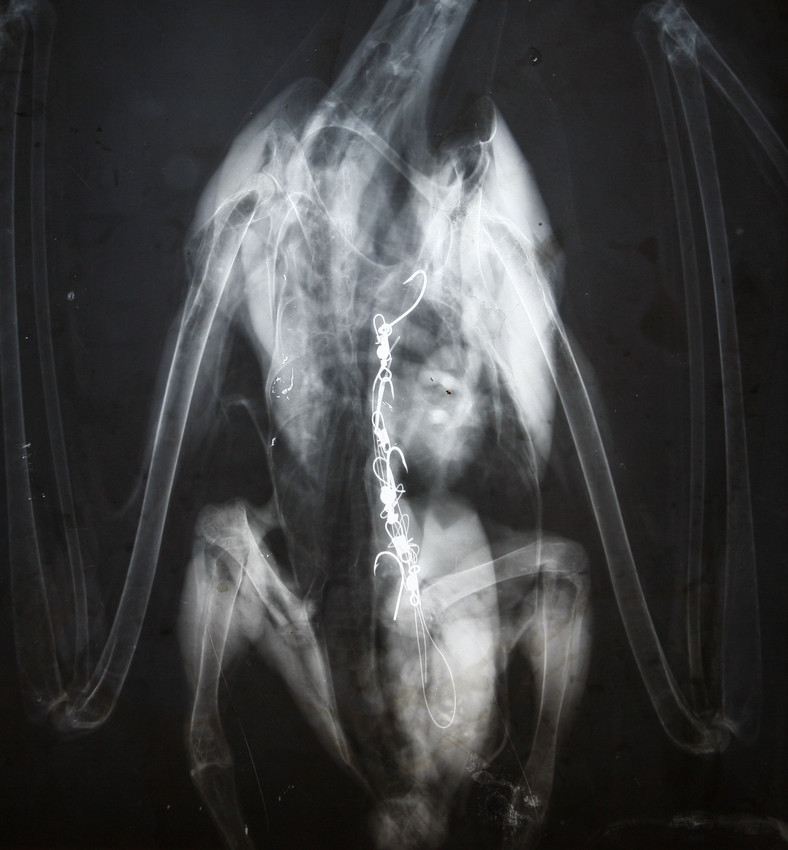How to live a life free from plastic
By Steve Bynum

How to live a life free from plastic
By Steve Bynum
In the article, “Our Oceans Are Turning Into Plastic… Are We?” a photo depicted the carcass of a dead sea bird, its belly full of plastic pieces: bottle caps, cigarette lighters, even a toothbrush. Terry was horrified, and decided to evaluate how her life of over consumption directly contributed to such suffering.
Her tranformation showed real results: Even the hardback version of her book, Plastic Free: How I Kicked the Plastic Habit and How You Can Too, was created without any plastic coatings or glue and is sewn with cotton thread. Though available online and in bookstores, Terry assures that the booked will be shipped without plastic if ordered through her website. (The book is also available in digital format.)
Terry has collected her own plastic waste for the past five years and blogs about it on her site, My Plastic Free Life. She says individual Americans generate about 100 pounds of plastic waste a year; Terry has gotten her own use down to just two pounds annually. She spoke at TEDx Great Pacific Garbage Patch: The Global Plastic Pollution Crisis conference in 2010:
Terry believes we all must take ownership over our plastic consumption, to save not only our planet’s wildlife, but ourselves:
Personal responsibility is crucial, and I don’t believe we can solve our plastic problem without it. But even greater results are achieved when consumers come together to demand change from the corporations that produce the stuff. From the beginning, I took the time to write and call companies asking for less plastic packaging. And in 2008, I spearheaded a massive campaign, Take Back The Filter, to ask Clorox to take back its plastic Brita water filter cartridges for recycling, as was already being done by the Brita company in Europe. The campaign was a success for all involved, and Brita filters can now be recycled in the U.S. and Canada… .
…Living with less plastic is really not as hard as it seems, but our awareness of disposable plastic in our lives can be transformative. To that end, I threw down the gauntlet last May and invited Fake Plastic Fish readers to collect and tally their own plastic waste for a week and upload the results to a new Show Your Plastic Trash web site. How can we know where we need to go if we don’t know where we are to begin with? Solving the plastic pollution problem will require more than individual personal actions. But individual actions and personal awareness are essential for creating the kind of world in which we want to live and the impetus to spark bigger actions.